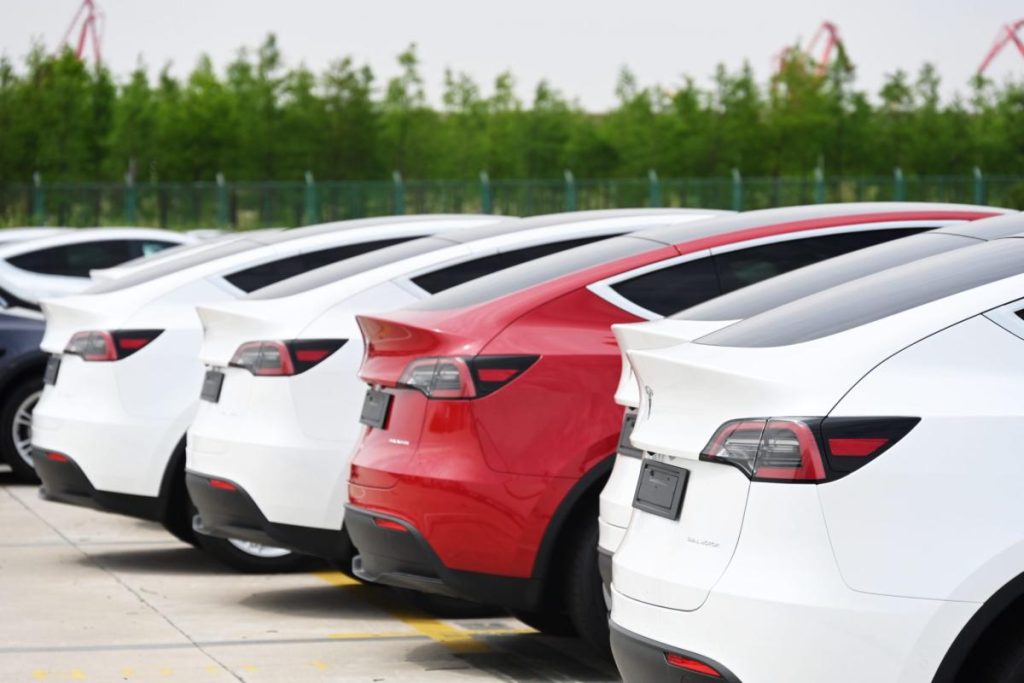The cost of new electric cars has decreased significantly, making them more affordable for prospective buyers. Additionally, the used EV market is becoming more robust, providing budget-friendly options for those looking to purchase an electric vehicle. While this is great news for increasing the adoption of EVs overall, it has been frustrating for existing owners who bought their EVs at higher prices and are now witnessing their cars lose value quickly in the resale market. Used EV prices have dropped by 27% year over year, with some models selling for as low as $10,000. This has led to a buyers’ market with many used EVs being as affordable as comparable gas-powered cars.
Previously, it was challenging to find a new electric car for less than $50,000, but automakers have since reduced prices, and tax incentives are allowing dealers to offer discounts of up to $4,000 on some used and leased EVs. However, these price reductions have contributed to a 13% annual drop in EV sale prices as of February, with Tesla’s price cuts being a significant factor. Tesla’s market dominance has led other automakers to lower their prices as well to remain competitive. This trend has led to high rates of EV owners choosing to lease their vehicles rather than buying them outright, particularly due to concerns about depreciation and future resale value.
Leasing an EV shields owners from the risk of falling resale values, as the bank assumes responsibility for the vehicle’s lost resale value. On the other hand, owners who bought new EVs outright have experienced high depreciation rates compared to gas-powered cars, with EV prices decreasing by 20% over the past year. Despite the negative impact on early adopters, falling prices are seen as a positive development for EV adoption in the long term. Lower prices make EVs more accessible to a wider range of consumers, potentially leading to increased market share for EV sales, which currently stand at around 10% for new EVs and 2% for used EVs.
While the drop in EV prices may be disappointing for current owners, it ultimately benefits the EV market by making electric vehicles more affordable and appealing to a larger segment of the population. As prices continue to decrease and new incentives are introduced, the adoption of EVs is expected to grow steadily. The shift towards leasing rather than buying EVs also indicates a changing trend in consumer preferences, as more individuals opt for a lower-risk option that insulates them from potential losses in resale value. Despite the challenges faced by early EV adopters, the overall outlook for the EV market is positive, with increased accessibility and affordability driving future growth and adoption rates.


